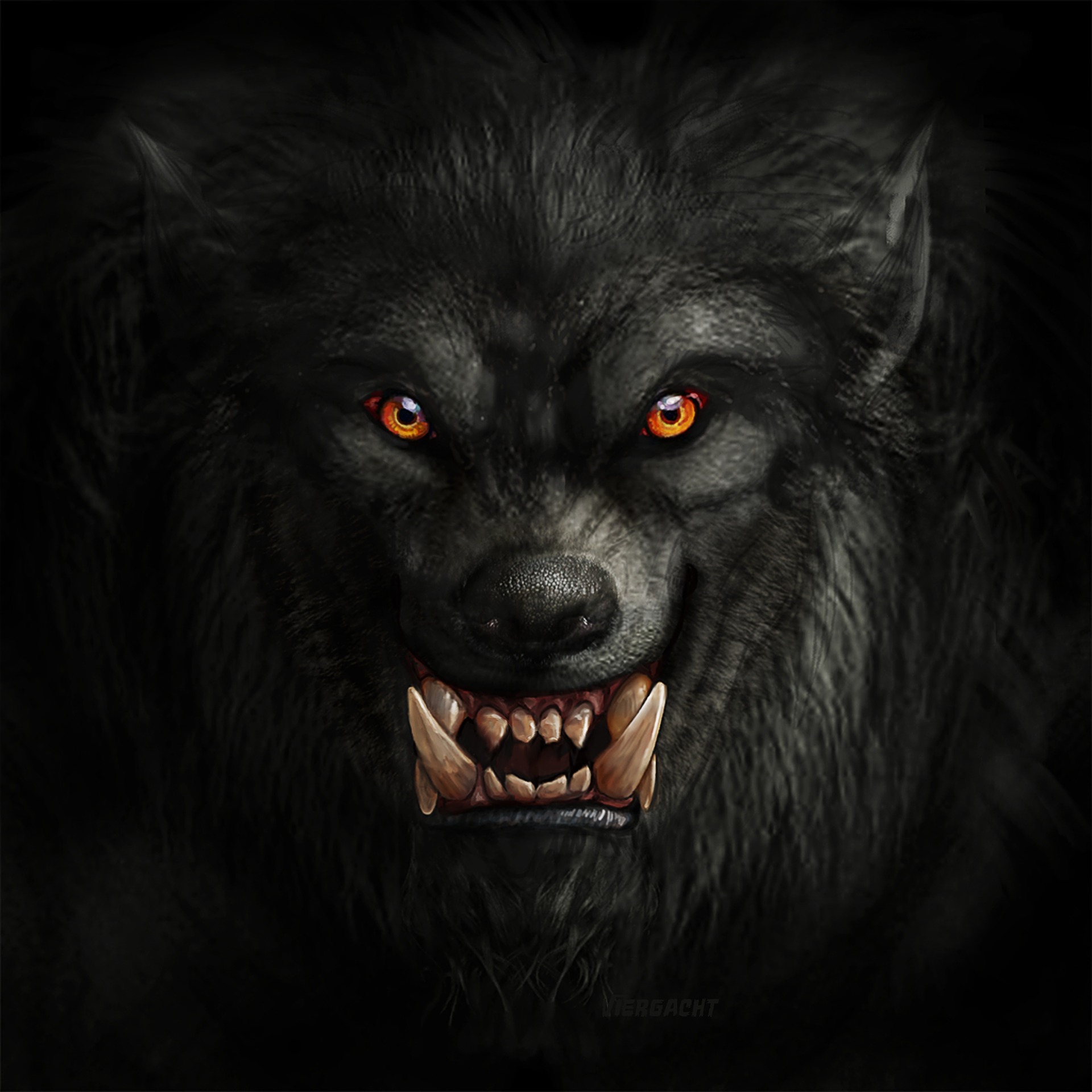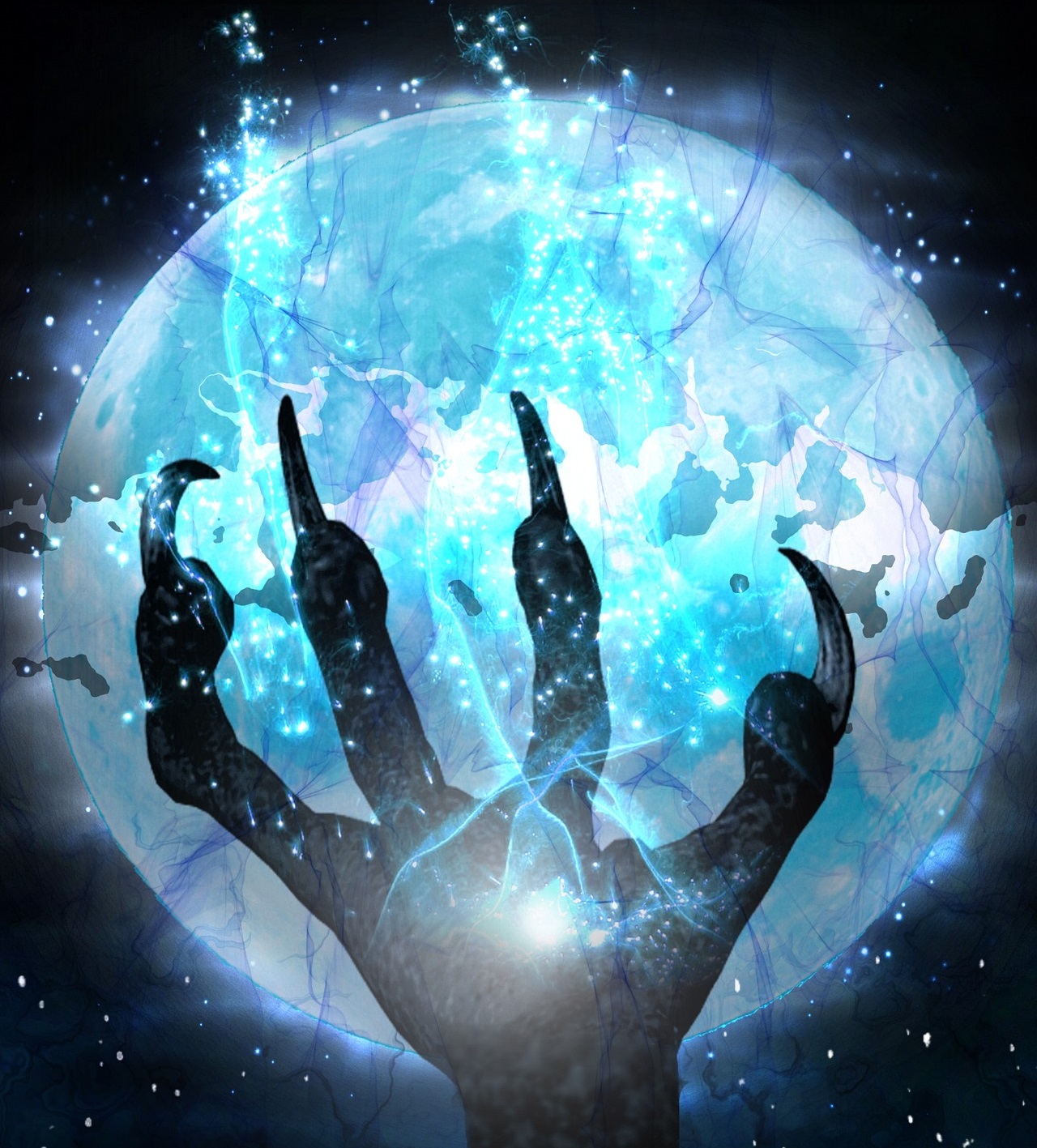

The transformation of the werewolf has always been an iconic moment in any story featuring a werewolf. They sprout hair, they grow claws and fangs, their bones shift, and sometimes they even rip off their skin to reveal the wolf inside. These sudden and gradual changes are usually a horrifying spectacle to witness and often act as a twist or a sudden reveal in stories concerning werewolves. In the most horrorific way possible, the beast within erupts from a normal person, revealing the horror that was hiding within.
In many cases this transformation is a clear sign to not only the audience, but also to the would be victim, that this person is not who they said they were. That the person you know is a monster, barely resembling anything that you knew about them before.This helps a would-be victim respond either fighting off or attempting to flee their attacker, best seen in the movie In the Company of Wolves. In one of the many stories told, a man transforms into a werewolf in front of his ex-wife, intent on killing her and her children. The instant the man transforms, the woman goes to protect the children, the time it takes to transform allowing her second husband to arrive just in time to slay the beast(see below).
However, what happens if there was no such warning? What happens if instead of an enormous, obvious transformation scene that takes a few minutes, the transformation is instaneous? In this case, the woman would probably not know what hit her and couldn't respond in time to save herself. In the end, what's easier to face? A killer that broadcasts their intentions, giving you ample time to escape, or a killer who is on you before you know anything is wrong? Both are equally terrifying in their own right, but in terms of survival, most people would much prefer to face the former rather than the later. For the former one has a greater chance of surviving allowing more time to escape and respond to the killer's actions. With the later, the second you realize something's wrong is the second much too late to do anything about it. Seems like a design flaw. However, that's just it, it doesn't follow logical sense since the entire process isn't inherantly logical. The werewolf's transformation isn't something they can turn off and on in most stories. It's involuntary, happening when specific circumstances "trigger" the transformation that are outside the werewolf's control. They may be aware of the circumstances but they can't fight the change for long. Perhaps the reason the transformation isn't instaneous because the man within fights the change. Holds themselves back from becoming a monster, the transformation sequences just external representations of the losing battle the werewolf fights within themselves.

However, why has the transformation sequence become so connected to the werewolf? Wouldn't it be scarier for a person to turn towards their friend and suddenly their friend is a monster? Perhaps we, as the audience need the transformation sequence to happen. While the transformation sequences are no doubt horrorific, it does make a point about a shift from the character the audience knew before to the monster they are becoming. Their bone structure changes, they grow hair all over their bodies, and, as mentioned before, sometimes even rip off their skin to transform, literally discarding the face of the person they were beforehand. What happens if we need the transformation to better differentiate the monster from the man we knew before? In transforming into something else, we can tell ourselves they were always monsters, that they couldn't be derived from humanity at all. In this way, the curse of Lycanthropy is corrupting humanity, so it isn't something that was born of humanity normally. We couldn't possibly hold any connection to the beast that stands before us howling, snarling, and roaring like the wild animal that stands before us. The monster couldn't at all be something everyone has within them. Right?



